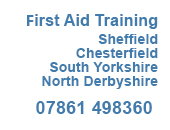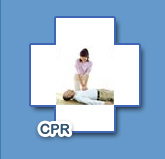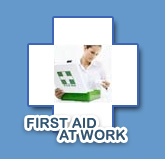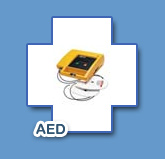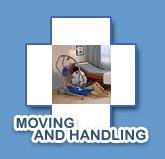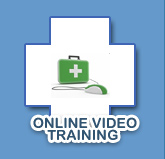Communication skills
Good communication develops your knowledge and understanding about individuals and the part played by other workers so that the best care and support possible can be provided. It helps build working relationships where each person’s views are valued and taken into account.
Talking is often seen as the most common method or type of communication but most communication is silent. Gestures, the tone of voice, grins, grimaces, shrugs, nods, moving away or closer, crossing arms and legs all tell us far more than words. Learning to take account of these reactions is all part of developing your communication skills to achieve the best outcomes for individuals. Communication can be harder when we can’t see these signs like when we use the phone, texts, or email.
This can be done online, remotely or face to face nationally.
What the course covers:
- Introduction to Communication
- Body Language
- Effective communication in the work setting
- Language and other needs in communication
- Verbal and non-verbal communication Skills
- Perception
- Communication
- Different methods of communication
- Barriers
- Dealing with aggression
- Defusing potentially dangerous situations
- Recognising danger signs
